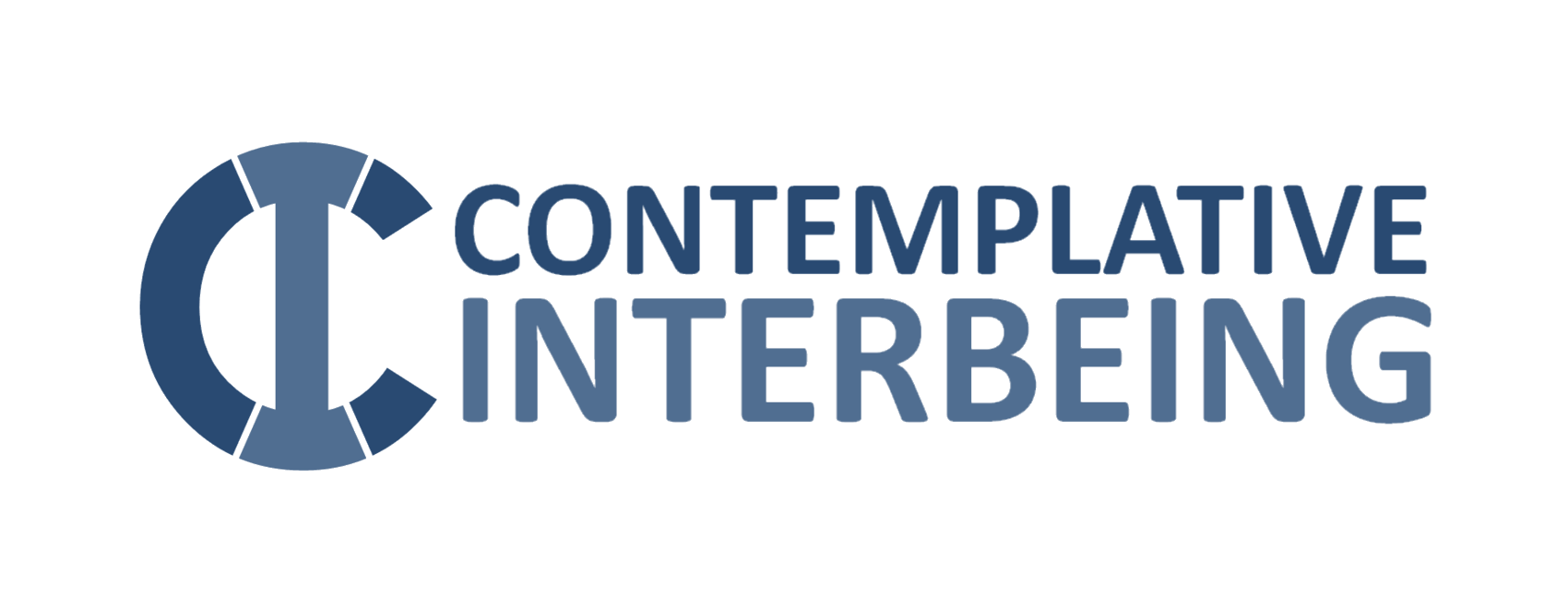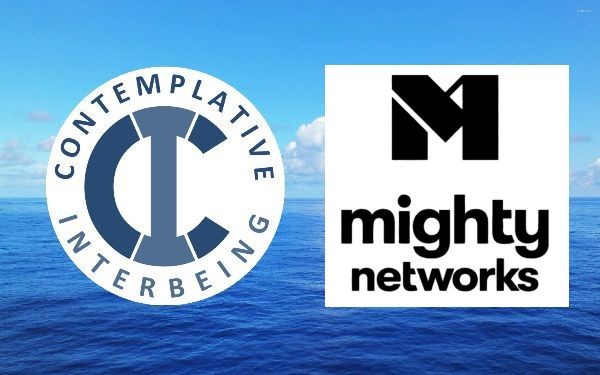(13 minute read)
CISL601: Social Psychology & Living Nonviolence (Year 2 Aug-Sep)
 Social psychology is the scientific study of how people’s thoughts, feelings and behaviors are influenced by the actual, imagined or implied presence of others. Social psychology theories explain human behavior as a result of the interaction of mental states and social situations. Social psychology examines factors that cause behaviors to unfold in a given way in the presence of others. Social psychology is concerned with the way these feelings, thoughts, beliefs, intentions, and goals are cognitively constructed and how these mental representations, in turn, influence our interactions with others. Unfortunately, leaders give scant regard to social psychology in an applied sense. This session provides practical understanding and application of social psychology principles from group dynamics to conformity to motivation to violence and more.
Social psychology is the scientific study of how people’s thoughts, feelings and behaviors are influenced by the actual, imagined or implied presence of others. Social psychology theories explain human behavior as a result of the interaction of mental states and social situations. Social psychology examines factors that cause behaviors to unfold in a given way in the presence of others. Social psychology is concerned with the way these feelings, thoughts, beliefs, intentions, and goals are cognitively constructed and how these mental representations, in turn, influence our interactions with others. Unfortunately, leaders give scant regard to social psychology in an applied sense. This session provides practical understanding and application of social psychology principles from group dynamics to conformity to motivation to violence and more.
Non-violence doesn’t just mean not doing violence; it’s also a way of taking positive action to resist oppression or bring about change. The aim of non-violent conflict is to convert your opponent; to win over their mind and heart and persuade them that your point of view is right. An important element is often to make sure that the opponent is given a face-saving way of changing their mind. Non-violent protest seeks a ‘win-win’ solution whenever possible. In non-violent conflict the participant does not want to make their opponent suffer; instead they show that they are willing to suffer themselves in order to bring about change. Non-violence has great appeal because it removes the illogicality of trying to make the world a less violent and more just place by using violence as a tool. Active nonviolence is a way of life, a methodology for social change, and a spiritual path.
Topics: Conformity, Group Dynamics, Nonviolence, Spiral of violence, Emotional Agility, Fundamental attribution error, Actor-Observer Bias, Self perception theory
CISL602: Love is Leadership (Year 2 Oct-Nov)
 Often we confuse love as forms of romance, valentines, and attraction. For love to be true love, it must contain compassion, joy, and equanimity. For compassion to be true compassion, it has to have love, joy, and equanimity in it. True joy has to contain love, compassion, and equanimity. And true equanimity has to have love, compassion, and joy in it. This is the interbeing nature of the immeasurable love. We must look deeply and practice them for ourselves to bring these four aspects of love into our own lives and into the lives of those we love. How can we help others to find happiness? One way is through the practice of the immeasurable love.
Often we confuse love as forms of romance, valentines, and attraction. For love to be true love, it must contain compassion, joy, and equanimity. For compassion to be true compassion, it has to have love, joy, and equanimity in it. True joy has to contain love, compassion, and equanimity. And true equanimity has to have love, compassion, and joy in it. This is the interbeing nature of the immeasurable love. We must look deeply and practice them for ourselves to bring these four aspects of love into our own lives and into the lives of those we love. How can we help others to find happiness? One way is through the practice of the immeasurable love.
Leadership inherently is about power; much more about power with instead of power over. Until leaders adequately understand and apply love in leadership, they will always struggle to exercise power correctly. All divine power is shared power and the letting go of autonomous power. Power properly understood is nothing but the ability to achieve purpose. And one of the great problems of history is that the concepts of love and power have usually been contrasted as opposites, polar opposites, so that love is identified with a resignation of power, and power with a denial of love.
Action without love is meaningless, and love without action is irrelevant.
—Hafsat Abiola
What is needed is a realization that power without love is reckless and abusive, and that love without power is sentimental and anemic. Power at its best is love implementing the demands of justice, and justice at its best is love correcting everything that stands against love. True leadership is powered with love. Love has little to do with emotions. It has everything to do with intentions — commitment to serve one another. The best definition of the love that underlies openness is the full and unconditional commitment to another’s completion, to another being all that she or he can and wants to be.
Topics: Love, Immeasurable Minds, Authentic Leadership, Motivation
CISL603: Interbeing & Community Building (Year 2 Dec-Jan)
 Interbeing is living with higher consciousness of a reality where human beings inter-are with all of reality, a deep recognition that our presence brings about the full presence of all life. Interbeing is when, and where, we step into a circle dance of the continuous outpouring of Love, because Love is the nature of who we are, who we inter-are. “God is a process rather than a clear name or idea, a communion, Interbeing itself and never an isolated deity that can be captured by our mind” (Richard Rohr, Immortal Diamond: The Search for Our True Self). Julian of Norwich says, “Greatly are we to rejoice that God dwells in our souls, and more greatly are we to rejoice that our soul dwells in God. Our soul is created to be God’s dwelling place, and the dwelling of our soul is God.” This we can now call interbeing, or life as participation.
Interbeing is living with higher consciousness of a reality where human beings inter-are with all of reality, a deep recognition that our presence brings about the full presence of all life. Interbeing is when, and where, we step into a circle dance of the continuous outpouring of Love, because Love is the nature of who we are, who we inter-are. “God is a process rather than a clear name or idea, a communion, Interbeing itself and never an isolated deity that can be captured by our mind” (Richard Rohr, Immortal Diamond: The Search for Our True Self). Julian of Norwich says, “Greatly are we to rejoice that God dwells in our souls, and more greatly are we to rejoice that our soul dwells in God. Our soul is created to be God’s dwelling place, and the dwelling of our soul is God.” This we can now call interbeing, or life as participation.
Building beloved community—community that is real, that makes a difference, and that lasts—is an underdeveloped leadership competency. This session includes an in-depth look at community formation in today’s tumultuous times. We begin with a brief social analysis of the second half of the twentieth century, then describe the fostering mechanisms for communities that have lasted. Also, we discuss the power cycle of leadership and four decision-making models commonly used by communities.
Topics: Interbeing, Integrity, Community Building, Interfaith, Interspiritual
CISL604: Activism & Service (Year 2 Feb-Mar)
 This session serves as a guide to discovering your divine purpose but also the blueprint for a better world. It consists of the necessary elements that can inspire greatness in each of us. Sacred Activism is a global initiative designed to save the world from its downward spiral of greed, pain, and self-destruction. There are seven laws of Sacred Activism that have the potential to transform our world. Each law, in its own unique way, promotes love above all other impulses. Sacred Activism is about finding gratitude, forgiveness, and compassion; it is about opening yourself up to the kindness within you, letting go of pain, and making a conscious choice to help heal the world. Learn how to incorporate a spiritual practice into your life, transform anger into positive energy, and take part in a global community. Reclaim a world that for too long has been driven by selfishness and hatred. Discover the infinite joy of giving. Turn away from everything you have been and done and believed, and dive into the consciousness of a divine love that embraces all beings. While the future may appear bleak, Spiritual Activism provides practical advice to all those who want positive change.
This session serves as a guide to discovering your divine purpose but also the blueprint for a better world. It consists of the necessary elements that can inspire greatness in each of us. Sacred Activism is a global initiative designed to save the world from its downward spiral of greed, pain, and self-destruction. There are seven laws of Sacred Activism that have the potential to transform our world. Each law, in its own unique way, promotes love above all other impulses. Sacred Activism is about finding gratitude, forgiveness, and compassion; it is about opening yourself up to the kindness within you, letting go of pain, and making a conscious choice to help heal the world. Learn how to incorporate a spiritual practice into your life, transform anger into positive energy, and take part in a global community. Reclaim a world that for too long has been driven by selfishness and hatred. Discover the infinite joy of giving. Turn away from everything you have been and done and believed, and dive into the consciousness of a divine love that embraces all beings. While the future may appear bleak, Spiritual Activism provides practical advice to all those who want positive change.
Not a day goes by without our being called upon to help one another–at home, at work, on the street, on the phone. We do what we can. Yet so much comes up to complicate this natural response: “Will I have what it takes?” “How much is enough?” “How can I deal with suffering?” “And what really helps, anyway?” In this session we explore a path through these confusions, and provide support and inspiration for us in our efforts as members of the helping professions, as volunteers, as community activists, or simply as friends and family trying to meet each other’s needs. We can find strength, clarity, and wisdom for those times when we are called on to care for one another. Together we are reminded just how much we have to give and how doing so can lead to some of the most joyous moments of our lives.
Topics: Sacred Activism, How Do I Help
CISL700: Radical Self-Care / Sabbath / Self-Assessment (April in Year 1 & Year 2)
In April of each year, course participants dedicate time to self-assessment as the look at course progress, growing edges, and self-care including time for silence, solitude, and Sabbath.
Topics: Sabbath, Solitude, Simplicity, Darkness, Self Assessment


